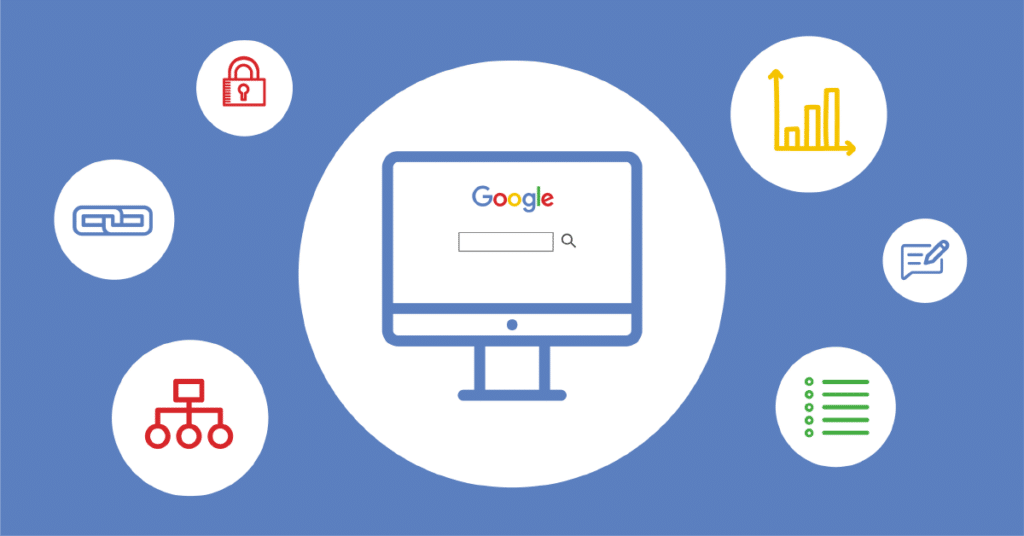If you’re here, it’s probably because you’re curious about Google’s latest “Helpful Content” update, what it entails, and how it might impact your website. Well, you’ve come to the right place. We’ll demystify this update and offer practical advice to ensure your site continues to thrive in Google’s search results.
Google, as the reigning search engine giant, is dedicated to delivering the best user experience and relevance to its users. To maintain this dominance, it frequently updates its algorithms. The most recent change, Google’s helpful content update, focuses on on-page content, and here are the key considerations:
1. Useful Content: Is your content genuinely helpful and informative, serving a clear purpose?
2. Highlight Expertise: Does your content showcase your experience and skills in your niche or industry?
3. Clear CTAs: Are your call-to-actions (CTAs) obvious and compelling, guiding users on what to do next?
4. Answering Questions: Does your content provide answers to the questions your audience might have?
5. Audience Satisfaction: Will your audience be satisfied with the information they find on your site?
6. Engagement: Does your site’s content keep users engaged and encourage them to explore further?

If you feel confident that your site checks all these boxes, that’s fantastic! But let’s dig a bit deeper.
Content for Metrics: Are you creating content solely to fulfil outdated on-page metrics rather than addressing your audience’s actual needs?
Keyword Overload: Are you churning out blog after blog solely to rank for as many keywords as possible?
Automated Content: Are you relying on automation software and AI to generate and spin content, instead of crafting it yourself?
Duplicate Content: Are you duplicating content from other websites instead of offering unique and valuable insights?
High Bounce Rates: Is your content driving your audience to look for answers elsewhere?
Word Count Obsession: Are you fixated on meeting the traditional “500-word” per page requirement, rather than delivering content that truly addresses your product or service?
Update or Delete Poor Content
The Helpful Content update lives up to its name, which means unhelpful or poor-quality content is less likely to rank well. If you’ve lacked the motivation to revamp your website, now is the time to take action, and here’s why:
Visibility: Poor content means lower visibility in search results, resulting in fewer prospective visits.
Advantageous Position: Embracing this new algorithm early puts you at an advantage, potentially improving your search rankings.
Enhanced User Experience: Better content leads to a better user experience, increasing conversions and potentially boosting your revenue.
We hope you found this information enlightening, and if you need further assistance, please contact us. Your website’s success is our priority, and we’re here to help you navigate these SEO updates seamlessly.